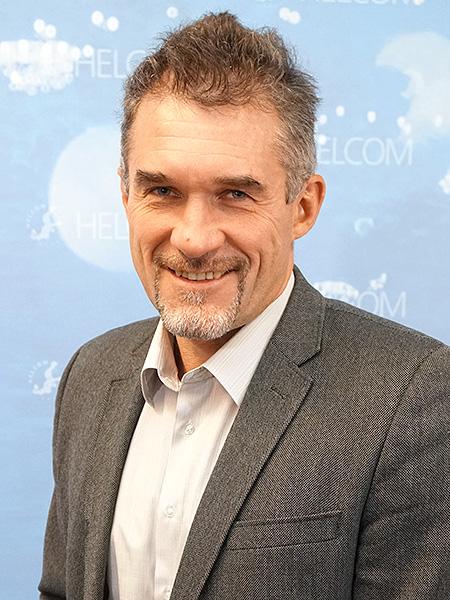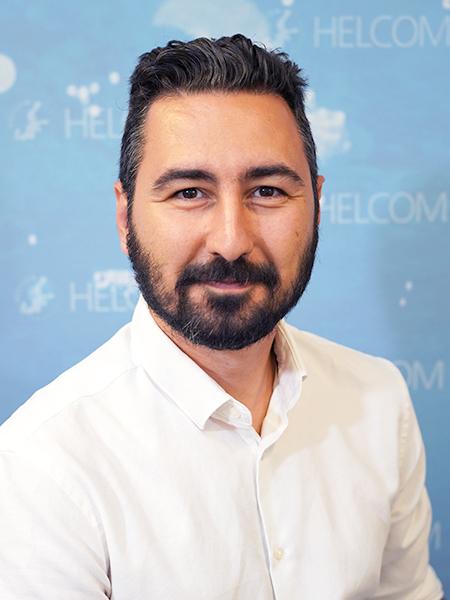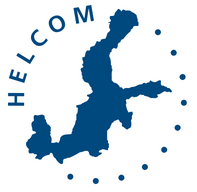NESBp
Northern European Sea Basins project
Background
The project aims to support the Greater North Sea Basin Initiative (GNSBI) in developing comprehensive international cooperation in maritime spatial planning, in close cooperation with the Baltic Sea region. The NESBp specifically focuses on strengthening collaboration between North Sea countries and between the North Sea and Baltic Sea regions, linking the GNSBI with the Joint HELCOM-VASAB Maritime Spatial Planning Working Group (HELCOM-VASAB MSP WG).
The project aims to promote knowledge-sharing and networking between sea basins to facilitate strategic and efficient ecosystem-based maritime spatial planning. It builds on the cooperation established within the eMSP NBSR project and integrates knowledge gained from other MSP-related initiatives.
Objectives
- Ensure coherent MSP implementation and maritime policy alignment across borders in the North Sea basin.
- Evaluate cross-border cooperation among authorities and inter-ministerial bodies.
- Establish a structure for cross-border collaboration and knowledge exchange with North and Baltic Sea countries
- Promote integrated, ecosystem-based governance in the Greater North Sea Basin
- Facilitate the application of ecosystem-based MSP approaches
- Provide practical solutions to enhance the multi-use of marine areas
- Support sea basin-level decision-making through a knowledge and data-sharing platform.
Approach
The project consists of six work packages. WPs 1 and 6 are respectively dedicated to project management and communication.
WP2 – “Ocean Governance” focuses on advancing governance across the North and Baltic Seas. It will be achieved through the following tasks: Enhancing the effectiveness of transboundary governance, co-creating governance scenarios for the Greater North Sea Basin, strengthening the application of the ecosystem-based approach in the Greater North Sea and the Baltic Sea regions, developing policy instruments for climate neutrality, facilitating cross-border, cross-sector policy dialogue, and establishing cross-sea basin dialogue. The work package will produce overview reports, policy briefs, joint workshops and macro-regional events involving the GNSBI and HELCOM-VASAB MSP WG.
WP3 – “Energy transition and biodiversity in MSP” aims to strengthen the role of maritime spatial planning (MSP) in supporting successful energy transition and biodiversity conservation. This work package plans to compile a factsheet on key terms and actions related to energy transition and biodiversity conservation, catalogue measures to mitigate the potential environmental impacts of offshore energy infrastructure and produce a policy brief on cumulative impact assessment methods at sea basin level.
WP4 – “Multi-use in practice” focuses on developing the multi-use concept from “Mariparks” to basin-scale multi-use. This work package aims to contribute to the development of a governance framework for multi-use in relation to the ecosystem-based approach (EBA) and permitting, enhance data sharing to facilitate adaptive management and create scenarios for Mariparks as well as for scaling multi-use to the sea basin level. The work will result in blueprints and analytical reports, workshops and policy briefs.
WP5 – “Knowledge transfer & sharing” aims to enhance data sharing and knowledge transfer to support decision-making at the sea basin level and advance a digital MSP approach. This work package focuses on linking the North Sea within the GNSBI context (including the Channel) and the Baltic Sea within the HELCOM-VASAB regional MSP cooperation framework. To achieve this, WP5 will evaluate the consistency of national MSPs in relation to maritime safety, strengthen data services in EMODnet for MSP stakeholders, develop a knowledge-sharing platform, and create a geographic dashboard/synthetic map. The work will result in fact sheets, workshop reports, policy briefs and a prototype of the knowledge sharing platform and its tools.
Project partners
The project consortium consists of 18 partners and two associated partners, representing competent authorities, agencies and research institutions from the North and Baltic Sea regions, as well as international organizations.
- Ministry of Economic Affairs/ Netherlands Enterprise Agency – project lead – NL
- Ministry of Infrastructure and Water Management – NL
- De Blauwe Cluster VZW – BE
- BSH (Bundesamt für Seeschiffahrt und Hydrographie) – DE
- Cerema (Centre d’études et d’expertise sur les risques, l’environnement, la mobilité et l’aménagement) – FR
- Seascape Belgium- BE
- Maritime Institute of Maritime University in Gdynia – PL
- International Marine and Dredging Consultants – BE
- Mantis Consulting – BE
- ORG Urbanism & Architecture BV – BE
- SHOM (Service Hydrographique et Océanographique de la Marine) – FR
- Swedish Agency for Marine and Water Management – SE
- Gotenborg University – SE
- Rijksuniversiteit Groningen – NL
- SUBMARINER Network for Blue Growth
- Nordregio
- HELCOM (Baltic Marine Environment Protection Commission)
- VASAB (Vision and Strategies around the Baltic Sea)
Associated partners
- Ministry of Agriculture, Fisheries, Food Quality and Nature – NL
- Federal Ministry for Housing, Urban Development and Building – DE
The HELCOM Secretariat is primarily involved in the implementation of WP2 as task leader and WP3 as work package co-leader. There is a minor, primarily consulting role, in WP5.
Funding
European Maritime, Fisheries and Aquaculture Fund (EMFAF)
Project duration
30 months ending in May 2027
Resources

Dmitry Frank-Kamenetsky
Special Advisor
Dmitry.Frank-Kamenetsky@helcom.fi
+358 40 630 9933

Kemal Pınarbaşı
Project Coordinator
kemal.pinarbasi@helcom.fi
+ 358 40 681 5323

